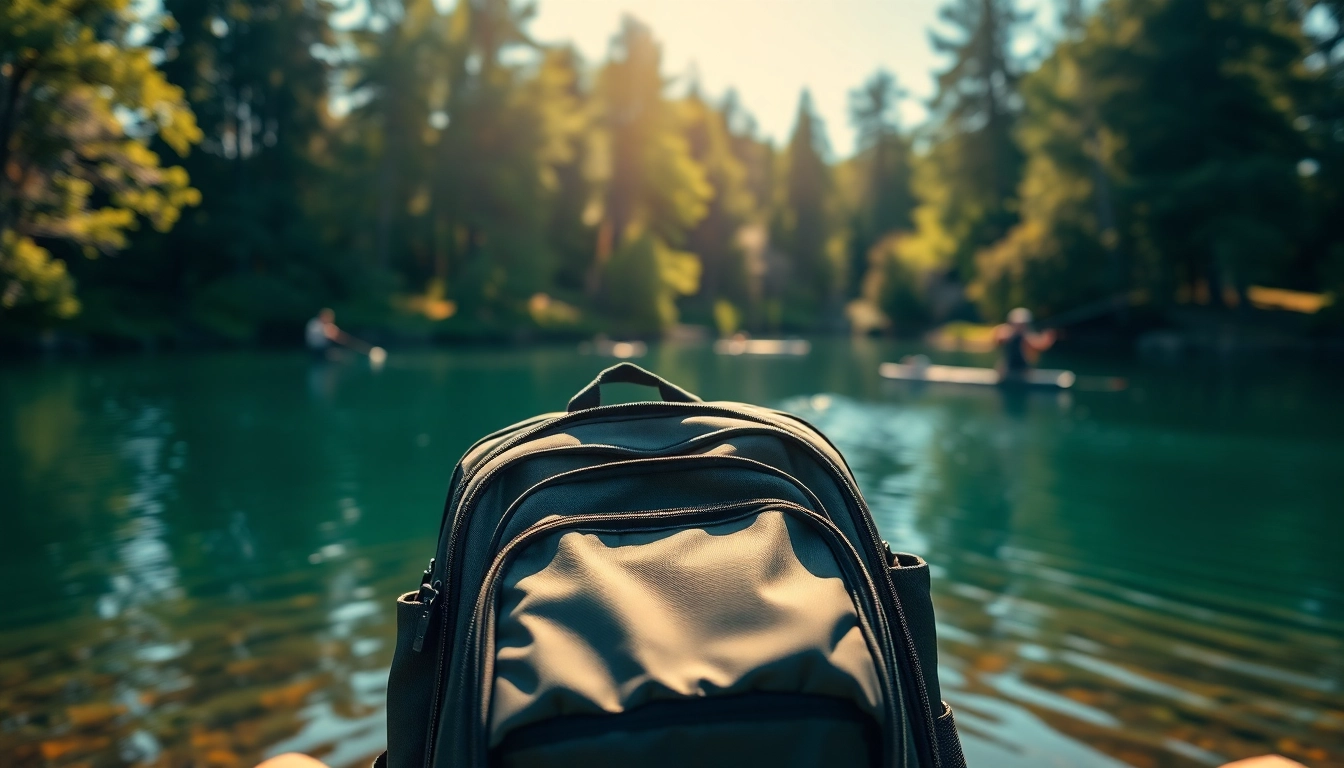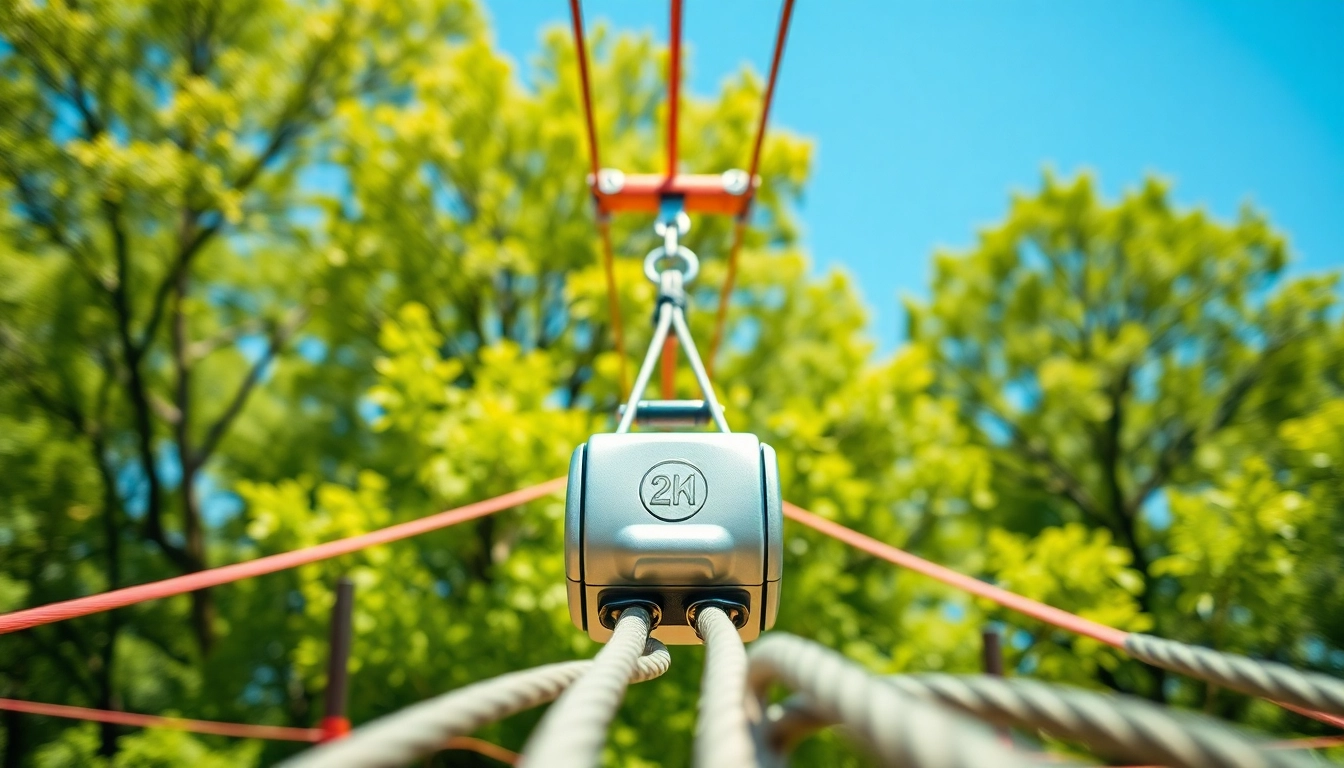Introduction to Fly Fishing Backpacks
Fly fishing is not just a hobby; it’s an experience that immerses you in nature’s tranquility while challenging your skills and patience. One of the critical elements that can enhance this experience is having the right gear, particularly a well-designed fly fishing backpack. A quality fly fishing backpack can mean the difference between a successful day on the water or a frustrating one. In this comprehensive guide, we delve into everything you need to know about fly fishing backpacks, from their features to how to care for them, ensuring your adventures are enjoyable and well-equipped.
What is a Fly Fishing Backpack?
A fly fishing backpack is specifically designed to carry and organize your fly fishing gear. Unlike standard backpacks, these are tailored to accommodate equipment like fly boxes, reels, tippets, and other necessities without compromising comfort during your trek to the water. Often featuring external pockets and specialized compartments, these backpacks provide quick access to your gear when you need it most.
Key Features of Fly Fishing Backpacks
The features of a fly fishing backpack can greatly influence its effectiveness. Here are some of the most important:
- Water-Resistant Material: High-quality fabrics often make these backpacks resistant to water, keeping your gear safe from unexpected weather changes.
- Multiple Storage Compartments: A variety of pockets, both internal and external, allows for organized storage of various tools and gear.
- Comfort-Focused Design: Padded shoulder straps, back panels, and hip belts ensure comfort during long hikes.
- Rod Holders: Some backpacks come equipped with rod holders, enabling easy transportation of your fishing rods.
- Lightweight Construction: Feature materials that reduce strain, making it easier to carry all day.
Why You Need a Dedicated Fishing Backpack
Using a dedicated fishing backpack rather than a generic one significantly enhances your fly fishing experience. Firstly, it optimizes storage specifically for fishing gear, ensuring that items are segregated and easily accessible. Secondly, it often provides features like built-in hydration systems, which are invaluable during long outings. Finally, these backpacks reflect an understanding of anglers’ needs, making every fishing trip more efficient and organized.
Choosing the Right Size and Fit of Fly Fishing Backpack
Selecting the right fly fishing backpack involves considering several factors, especially size and fit. This not only affects your comfort but also the practicality of your fishing trips.
Understanding Capacity Options
Fly fishing backpacks come in various sizes, catering to different fishing styles and lengths of outings. Smaller backpacks (10-20 liters) are suitable for short trips where minimal gear is needed, whereas larger options (30-50 liters) are ideal for multi-day trips or those who prefer to carry extra gear. Consider your fishing habits to choose the best capacity for your needs.
Importance of Comfort and Ergonomics
Comfort is paramount during long hikes to your fishing spot. Look for backpacks designed with ergonomics in mind, including padded straps and lumbar support to distribute weight evenly. A well-fitted backpack reduces fatigue, allowing you to focus on your fishing rather than your discomfort.
Adjustability and Versatility of Straps
Adjustable straps—both shoulder and hip—provide a customizable fit that can accommodate various body shapes and sizes. A backpack with versatile strapping options enhances mobility and ensures that the weight is evenly distributed, further contributing to overall comfort during your fly fishing adventures.
Essential Materials and Durability in Fly Fishing Backpacks
The longevity of your fly fishing backpack depends largely on the materials used in its construction. Selecting the right materials will ensure durability even in harsh conditions.
Common Materials Used
High-quality fly fishing backpacks are typically constructed from robust materials, such as:
- Nylon: Known for its strength and lightweight properties, nylon is a common choice for sturdy fly fishing backpacks.
- Polyester: Often coated for waterproofing, polyester can withstand harsh elements while being relatively easy to clean.
- Canvas: While heavier, canvas provides excellent durability and breathability especially when fishing in warmer climates.
Water Resistance Features
Look for backpacks with water-resistant materials or those that come with built-in waterproof rain covers. This feature safeguards your essential gear against unexpected downpours or splashes while wading through rivers. A well-sealed backpack is invaluable for any angler dedicated to their craft.
Choosing for Longevity and Performance
When selecting a backpack, consider its construction quality and overall design. Look for reinforced stitching and secure zippers or closures. Investing in a high-quality backpack not only prolongs its life but also enhances performance, allowing you to focus on your fishing techniques rather than worrying about your gear.
Tips for Effective Packing of Your Fly Fishing Backpack
Efficient packing can make your fishing experience more rewarding. Here are some proven strategies for packing your fly fishing backpack effectively.
Organizing Fishing Gear Efficiently
Begin by sorting your gear into categories such as flies, tools, clothing, and food. Use the external pockets for items you’ll need quickly, like tippets and leaders, while keeping heavier items towards the bottom for better weight distribution. This organization aids quick access, saving precious time when you’re ready to fish.
Best Practices for Keeping Essentials Accessible
Consider utilizing small tackle boxes or pouches within the main compartments of your backpack. These can help segment your gear and provide quick access to what’s needed, preventing rummaging through your entire bag when you need a specific item. Having a systematic layout ensures that you can maintain focus on your fishing without interruptions.
Weight Distribution for Comfort
Striking a balance between weight and comfort is crucial. Pack heavier items lower in the backpack, which helps lower the center of gravity. This approach not only minimizes back strain but allows for easier movement while navigating rugged terrains. The necessity for comfort cannot be overstated, particularly during extended fishing excursions.
Care and Maintenance of Your Fly Fishing Backpack
Cleaning and Storage Tips
Regular cleaning of your backpack enhances its longevity. After a trip, wipe it down with a damp cloth to remove dust and residue. For deeper cleaning, check the label for specific instructions, as some materials may be machine washable while others require hand washing. In terms of storage, ensure the backpack is dry before putting it away to prevent mildew.
Repairing Common Issues
Minor issues like loose stitches or frayed straps can be repaired at home. Sew on patches or use fabric glue for bigger rips. However, if the damage is extensive, consult a professional repair service to ensure the integrity of your backpack is maintained, allowing it to be reliable for years to come.
When to Upgrade Your Backpack
Even the most durable backpacks have a lifespan. Look for signs like excessive wear, broken components, or a drop in functionality. If you find it increasingly uncomfortable or unsuitable for your gear, it may be time to consider an upgrade. Investing in a new backpack can significantly improve your fishing experience and effectiveness on the water.
Conclusion
A fly fishing backpack is an essential component for anglers of all levels. Understanding the key features, material choices, and packing techniques helps ensure that your fishing adventures are as enjoyable as possible. By investing in the right backpack and caring for it appropriately, you can enhance every fishing trip, making preparation as pleasurable as the pursuit itself. Embrace the outdoors with confidence, knowing you are equipped with the best gear for your fly fishing expeditions.



